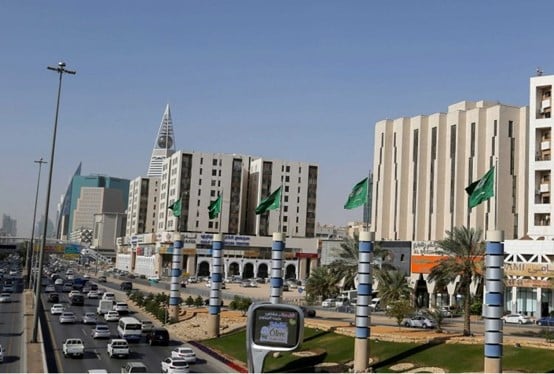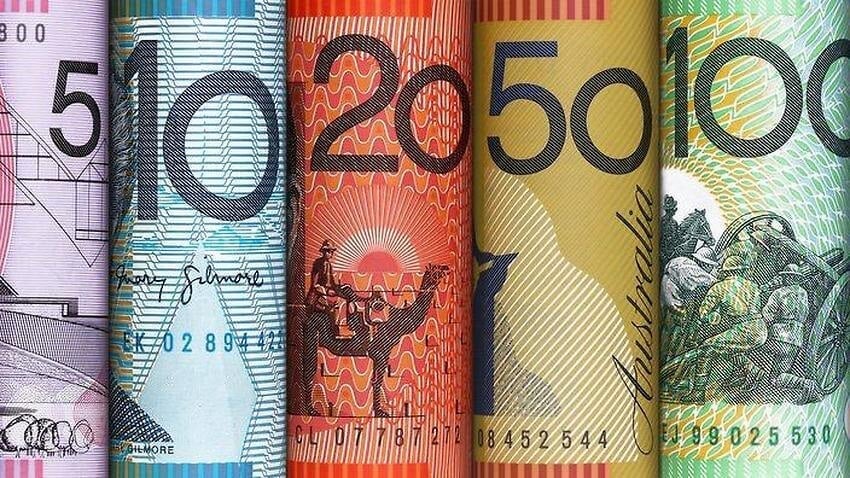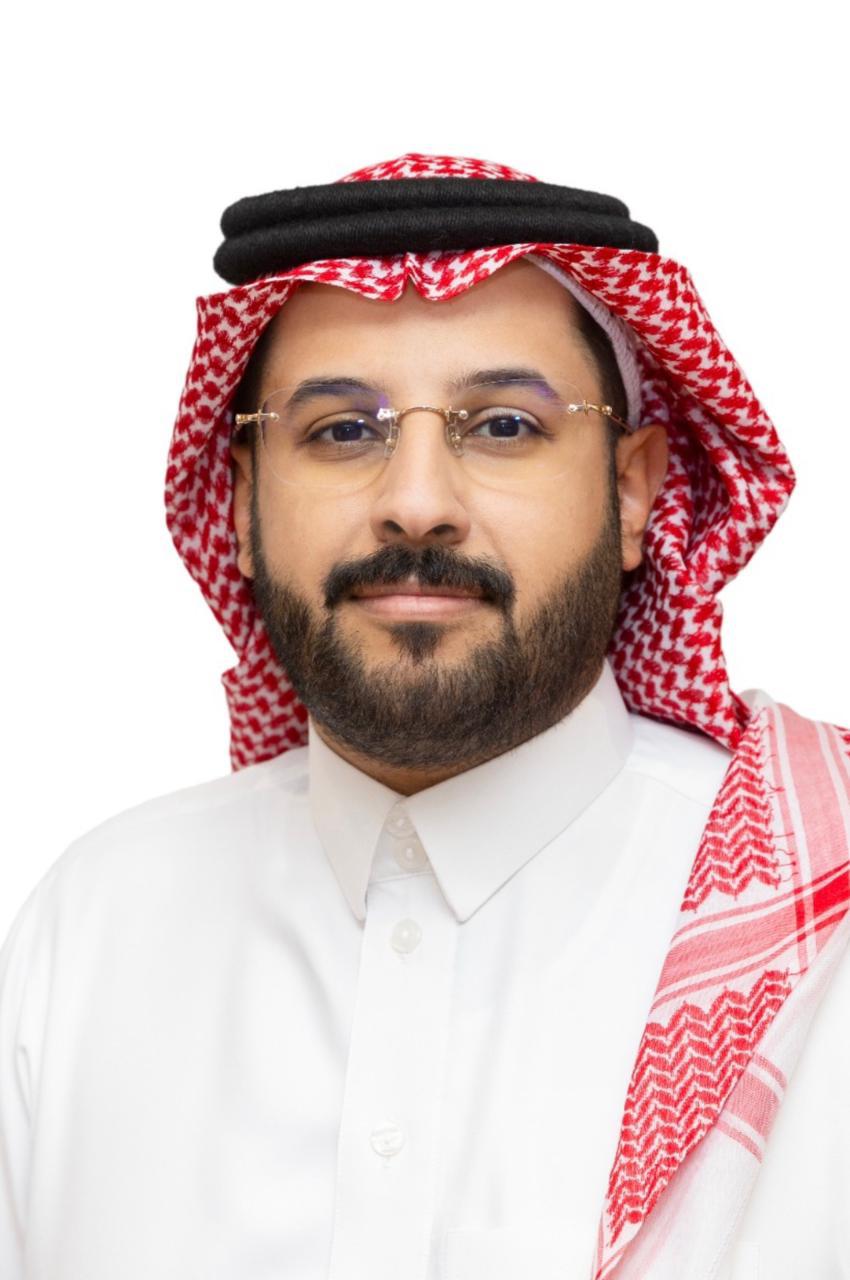Publisher: Maaal International Media Company
License: 465734
Despite the Pandemic, an increase of SR134.95bln, by Nov 2021
Saudi Economy’s Liquidity, Flying, at Record Highest Level
In an indication of the soundness of plans and strategies, adopted in the Kingdom of Saudi Arabia, Maaal, the leading Saudi business daily revealed that the volume of liquidity in the local economy increased by about SR134.95 billion by the end of November 2021, on an annual basis and by 6.31% to reach SR2.274 trillion, which is it’s a record highest level ever seen. Such a development shows the integrity of the plans and strategies that the Kingdom followed during the last period, as its liquidity continued to increase (on an annual basis) for 39 consecutive- month, despite the Coronavirus pandemic.
Saudi Central Bank data showed that the money supply (liquidity) increased in November, on a monthly basis and for the third month, in a row, while it increased by 28.2% since April 2016 (the month of launching the Kingdom Vision 2030), where it added SR500.41 billion.
Money supply is the total amount available within the economy and as well as being at the avail for investment and spending.
اقرأ المزيد
It is among the central bank’s main tools in controlling monetary policy.
The Saudi Central Bank “SAMA” is constantly working to strike balance between the amount of money deposited in banks and those outside the banking system.
Looking at the components of the money supply (M3), by the end of November 2021, we find that the only declining component was the cash outside banks (banknotes and coins), as they keep continuing decline (on an annual basis) for the 5h month, in a row, reaching by the end of November SR202.56 billion, compared to SR204.95 billion, at the end of November 2020, meaning that as much as 2.38 billion were withdrawn within a year, an indication that may help reducing inflation rates.
While the highest percentage was the other semi-monetary deposits component, including deposits of residents, in foreign currencies, deposits against secured credits and existing transfers, in addition to the repurchase operations (repo) executed by the commercial banks with the private sector.
Other quasi-cash deposits increased in November by 26.53%, continuing their rise (on an annual basis) for the 11th consecutive month, reaching SR257.1 billion, compared to SR203.2 billion at the end of November 2020, meaning that they increased by SR53.9 billion, in only one year.
As for the largest among the components of money supply, or the demand deposits (58.8% of money supply), it rose 6.23% to reach SR1.34 trillion, at the end of last November, compared to SR1.26 trillion, at the end of November 2020, as it continued to rise (on an annual basis) for 57 months, and increased during the last year by SR78.4 billion.
The money supply also refers to cash in circulation, in addition to the money in bank accounts, and does not include any other form of financial wealth, such as stocks or financial investments, nor does it include credit instruments, such as mortgages and financial loans.
As for the fourth component of the money supply, which is the set-term and savings deposits (including deposits of individuals, companies and government agencies), it rose by the end of November by 1.1% to SR476.49 billion, continuing its rise (on an annual basis) for the 6th month, in a row.
According to “Maaal” follow up unit, the increase in term and savings deposits, during the 6-month came to an increase, in terms of the government agencies during that period, while the deposits of individuals and companies decreased.
However, in November the deposits of government agencies increased by 12.3%, while the other ones for companies and individuals decreased by 8.3%.
The rise in the money supply, especially, if accompanied by low interest rates, leads to an increase in economic growth, an increase in production and launching of new projects, as much more investments would be pumped, into the economy.
Consequently, that would result in rise in employment rates.
Through its indicators, it is possible to judge the type of policy pursued by the central bank, whether is it contractual (deflationary) by tightening the supply, or expansionary (inflationary) via easing the supply.
The rise in domestic liquidity is evidence of the economic activity that the Kingdom has experienced and is still witnessing, due to the economic reforms undertaken by the government, during the last period, and the continuous support, especially for the private sector and, remarkably, for the micro small, medium-sized enterprises, which are positively reflected on the economic movement and the domestic product.
The increase in local liquidity is a positive indication that the Kingdom is heading towards achieving the goals it set and planned, in advance, in the light of the Kingdom Vision 2030, launched “for a prosperous country, in which the future of the motherland’s sons and daughters, is guaranteed.
With the bet of establishing an integrated system of programs; to raise the level of services such as education, health, housing and infrastructure, create ample areas of job opportunities, and diversify the economy to enjoy solidity and durability, in the face of global changes.
Subsequently, the Kingdom would occupy its appropriate position, regionally and globally, as confirmed by the Custodian of the Two Holy Mosques King Salman bin Abdulaziz Al Saud, as he has, recently, addressed the opening the Shura workings of its second year, in its 8th session.









